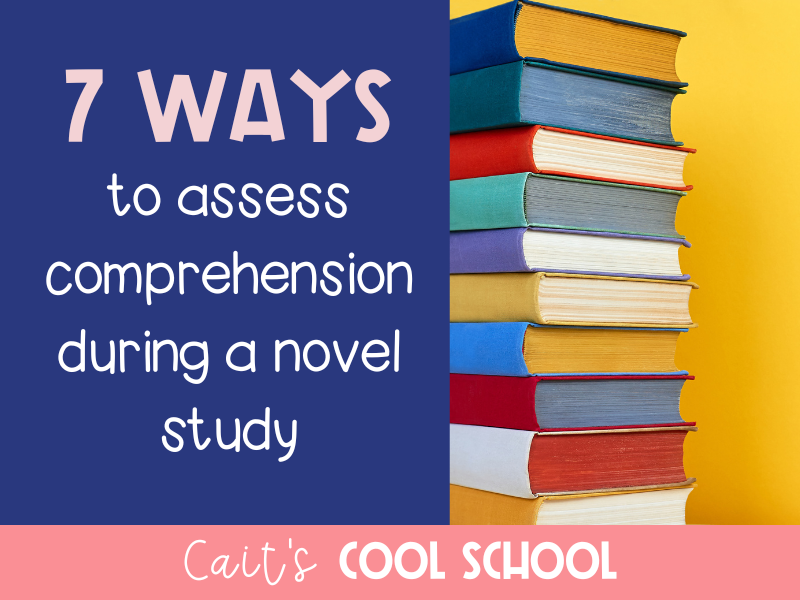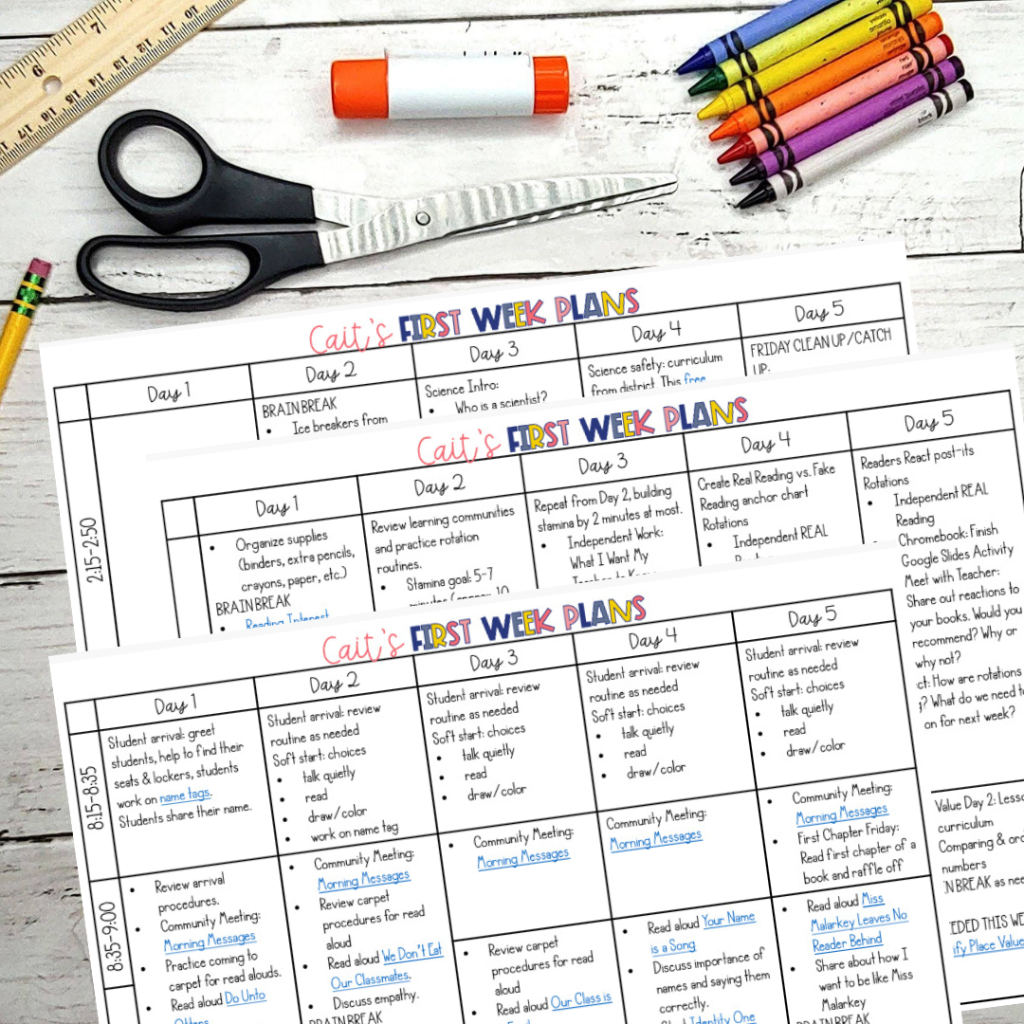
One time, while teaching a grammar lesson, a student pointed out to me, “Hey Mrs. Veise, your voice gets more excited when we’re learning something boring.” Yup. You got me. Not every topic is exciting. That’s why I’ve tried every different engagement trick I can think of to keep my students’ attention.
Here’s a few engagement strategies that work:
- Ask students what they like. This works well for reading comprehension. For fiction, you can often choose a text in a genre students like to practice a variety of skills. For nonfiction, if you ask students what they want to learn about, it will help them become more involved in their work.
- Provide student choice. Using choice boards or even giving simple options like working independently or with a partner can help students become more engaged in their work. Read this blog post for more about incorporating student choice.
- Get them moving. Set up task cards around the room and let students walk around to find answers. Change a multiple choice test prep activity into a four corners activity, where each corner represents a letter. Even simpler? Show them how to sign the letters A, B, C, and D to signal their responses. Have students give their opinion by playing red light-green light and sharing out answers.
- Jigsaw information to share. Break apart longer sets of text or vocabulary, and then assign parts to individual groups, A, B, C, and D. Once each group has summarized their information or learned what the vocab word means, regroup students so one person from each letter group is together. The new groups share their information so everyone has heard about each part.
- Tie in cross-curricular connections. I previously shared about integrating reading and writing, which seems pretty logical. You can also throw in math problems about characters from a book you’ve read or nonfiction reading about a science or social studies connection.
- Incorporate students’ names in examples. This works easiest for math problems and writing tasks. You don’t need to make up your own math problems. Just change out the names! Teaching about commas? Make a sentence about Ricardo, Sammy, and Kelly.
- Students become the teachers. Let your students take over. Model how you grade a reading response answer, then let them grade themselves. Or provide them with answers written by each other (usually I type or rewrite to disguise whose work it is) and let them give feedback.
- Error analysis. This is similar to the last one, but I tell my students they’ve become doctors and need to diagnose the problem. The prescription is what we need to fix. Also important is walking around and calling them “Dr. Last Name.” Bonus? Grab some extra labels and write out doctor name tags. It’s the little things!
Are these magic solutions? Not quite. There have been times when we’re practicing long division for the ten millionth time, and I no longer have a way to make it exciting. But I know the repetitive practice will help. C’est la vie.
Hopefully at least one of these is a new-to-you idea!
Need more engagement strategies? Check out these blog posts:
- Make Writing Engaging
- Introducing the Mystery Genre (Set the Stage to Engage)
- Introducing Historical Fiction (Set the Stage to Engage)
ONE LAST TAKEAWAY: Students work best for teachers they know care about them. This starts with building relationships! Try these five free SEL themed prompts to build relationships the right way.





 The first FIVE days of lesson plans for the beginning of the year.
The first FIVE days of lesson plans for the beginning of the year.